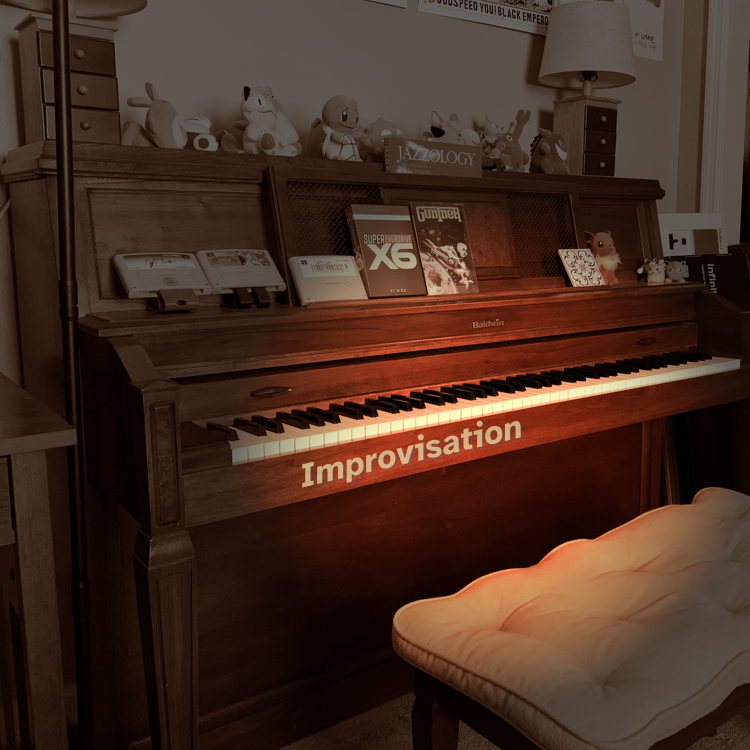::|CONTENTS
- Rook Tutor - Instruments in General
- Rook Tutor - Instruments on Practice
- Expy Tutor - DPCM Abuse
Here it is! Nintendo Entertainment System (or Family Computer, as it's otherwise known, if you also forget about tons of its' bootleg clones) - its' sounds are pretty much synonymous with the entire 8-bit music community. Even then, while NES's 2A03 is certainly not the most perfect retro sound chip in the world, it's definitely the most popular one, and the one people prefer to stick to.
Still not sure how to use it? Well, get armed, we're going!
Rook Tutor - Instruments in General
UPDATE: As vanilla Famitracker is now outdated, we recommend you use
0CC-Famitracker or
DN-Famitracker.
Not a tracker fan?
Famistudio is a solid DAW-based alternative that still exports to .nsf, but this tutorial will primarily focus on Famitracker.
If you do wish to get a legacy build of the original Famitracker though, you can still find it
here.
The 2A03 chip contains five channels, two of which are able to produce square waves, one is capable of doing triangle waves (without the volume control, though), one does the white noise and one plays back the audio samples (again, without the volume control).
Since Famitracker won't be even able to play a note without having
at least one instrument, create a new one. If you are using DN-Famitracker, there should be one pre-created when you start up a new module. Double-click on the newly-created instrument - then you're gonna meet the window where you can edit your instrument, and the properties for each of them are:
- Volume - ranges from 0 to 15.
- Arpeggio - quick note change; can use both positive and negative values, where 0 is the base note (i. e. the one you type in the pattern) and everything beyond that just shifts from it.
- Pitch - ditto, but for the tone frequencies which can't be exactly summarized by notes, i. e. vibrato effect.
- Hi-pitch - ditto, but for the higher speed.
- Duty/noise - sets the tone duty and noise mode at the same time. On tone, it's 0 to 3 to change the waveform, while on noise, it's just 0 and 1.
Those are editable either through the visual or the manual editor. In case of the latter, here how it works: all the values are to be separated by the space bar. To loop the sequence at a certain point, place the "I" symbol (no quotes) in place of the value. You can do the same thing to "release" the sequence, but this time, with the "/".
Also, if you're pretty much new to Famitracker, it'd be wise to not have the same instrument cloned to feature different volumes or duty changes (unless you're writing for some really limited music drivers - but that's a story for another day).
Rook Tutor - Instruments on Practice
Well, all the crap written above was just theoretical material, and you might be wondering how to make instruments after all! Well... Here's a bunch of hints for you to actually get started.
1) Create a plain instrument and see how it sounds.
2) Create an instrument with the volume of "15 14 13 12 11 10 9 8 7 6 5 4 3 2 1 0" (remember, no quotes!).
3) Create an instrument with the duty of "| 0 1 2 3 2 1".
4) Create an instrument with the arpeggio of "| 0 3 7 12".
5) Create an instrument with the pitch of "| 0 -2 0 2".
Get going. Now!
Expy Tutor - DPCM Abuse
Now that you know how to do all the sounds, you might (or might not) take advantage of the DPCM sample channel, which, unlike the rest of our arsenal, can literally play every sound. Every! Albeit at very low quality, but hey, Sunsoft used this at its' advantage.
Be warned that
this actually requires some basic knowledge of sample editing/manipulation.
Of course, you also should be warned that you won't be able to play full-length songs with those, and that you won't get to use such converters as SuperNSF (which converts the .it modules to an NSF playing 7-bit PCM, and that's considered to be cheating on about all of the BotB compos!).
Samples
For a list of ripped game samples,
refer to this lyceum article.
(to be continued ,_,)


